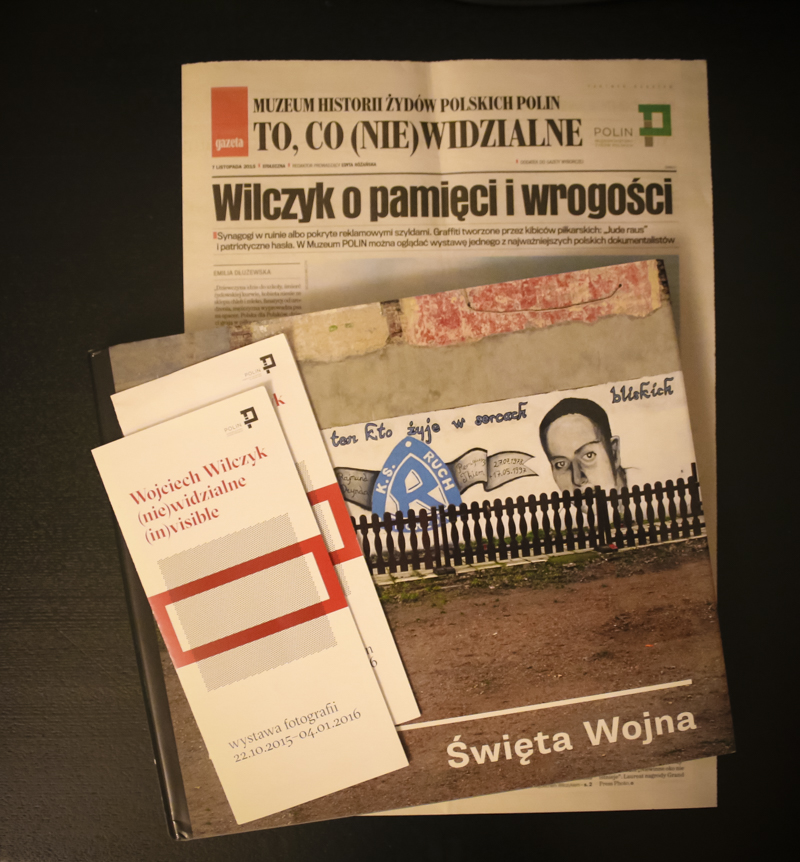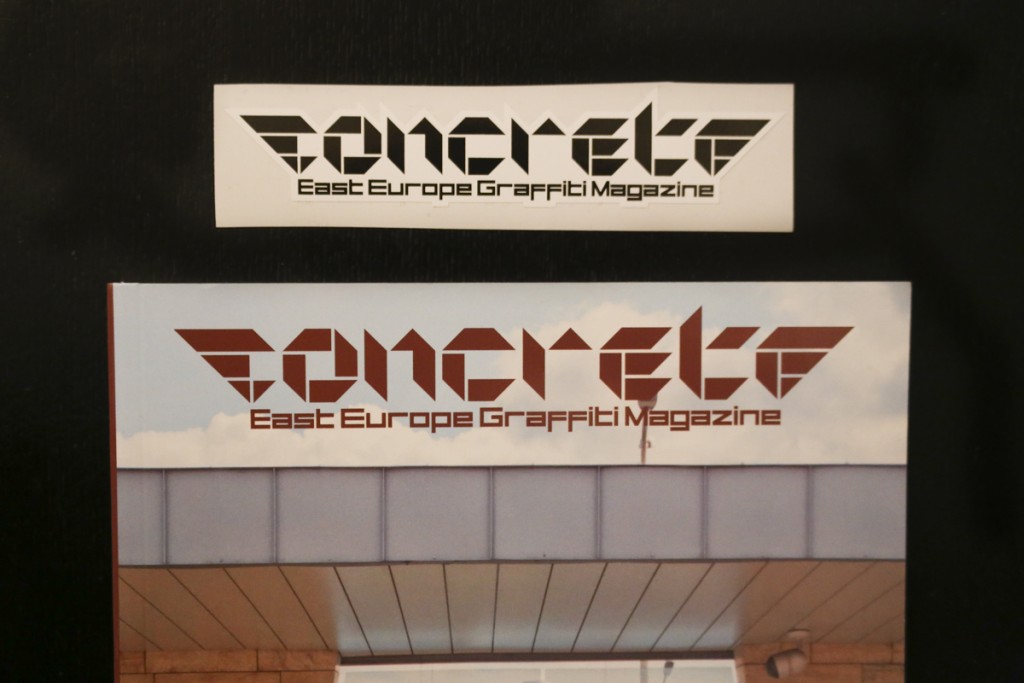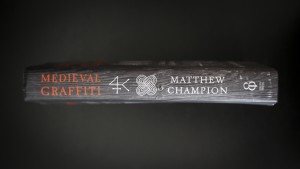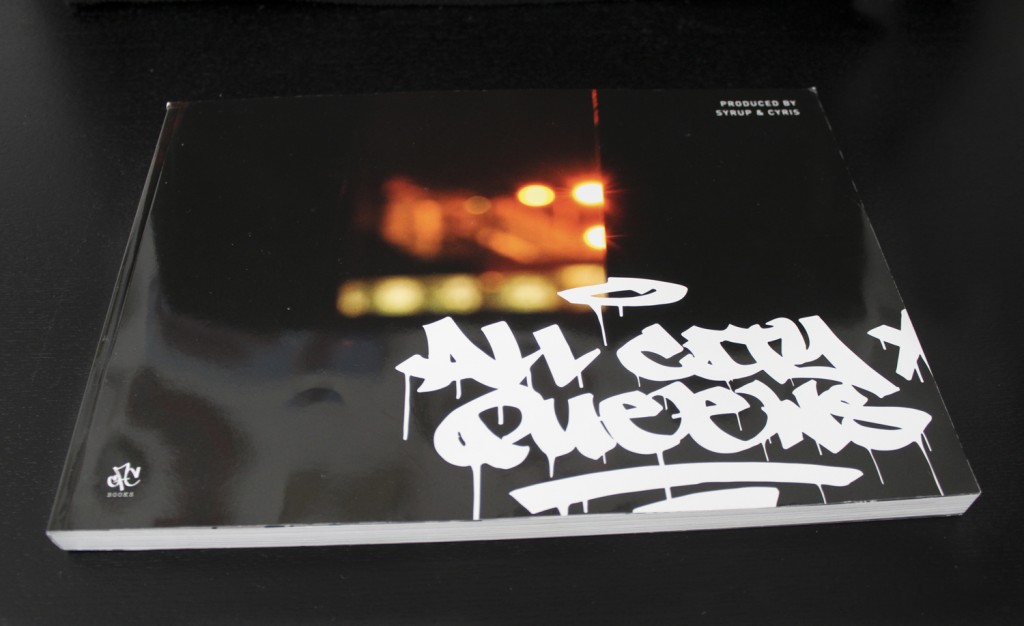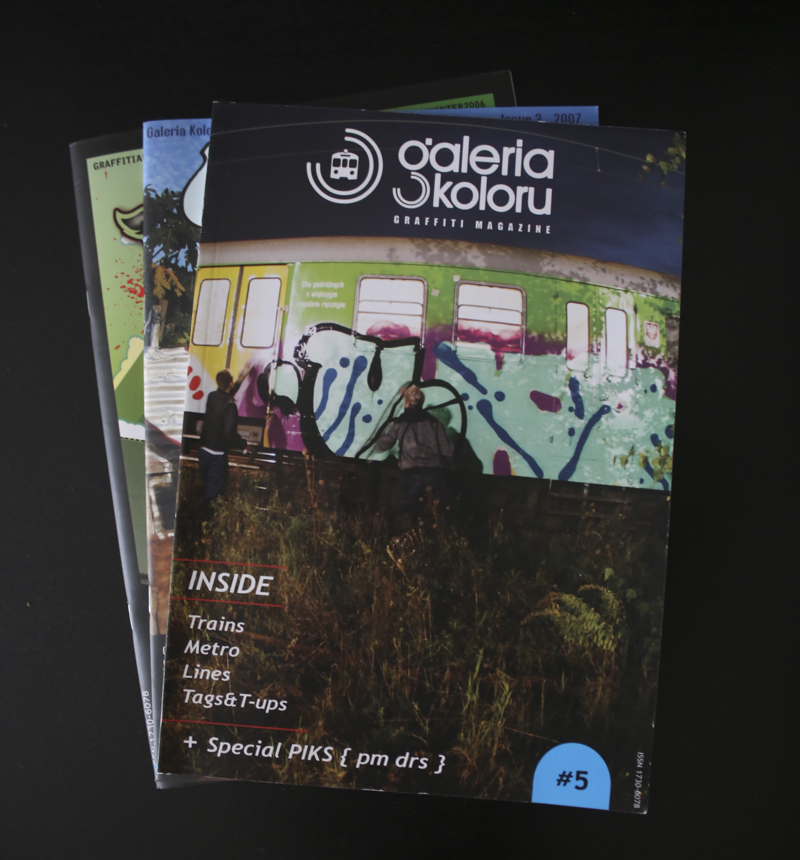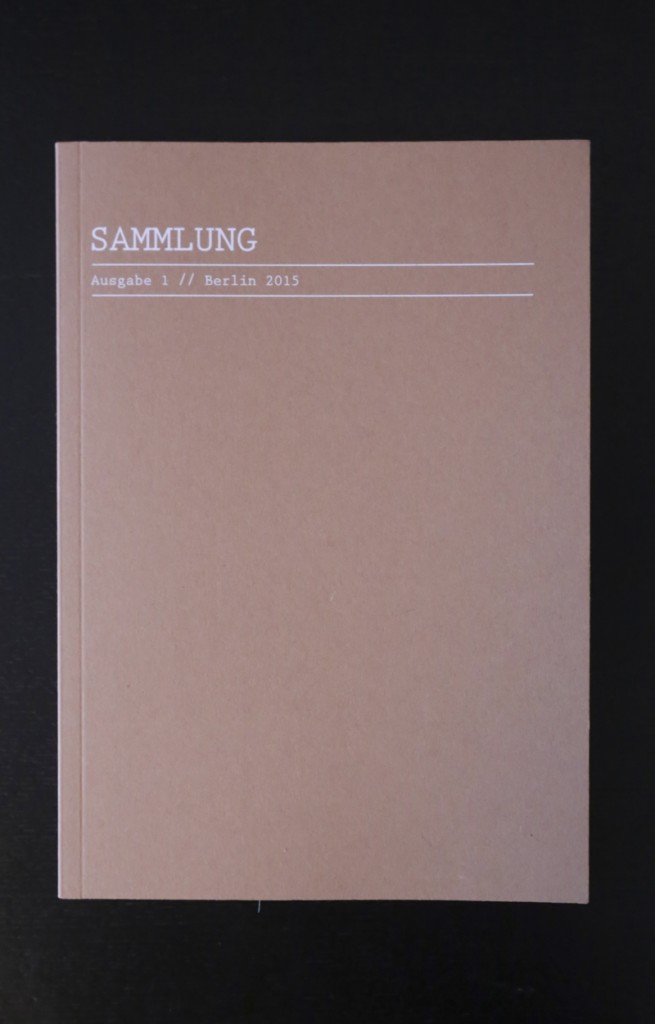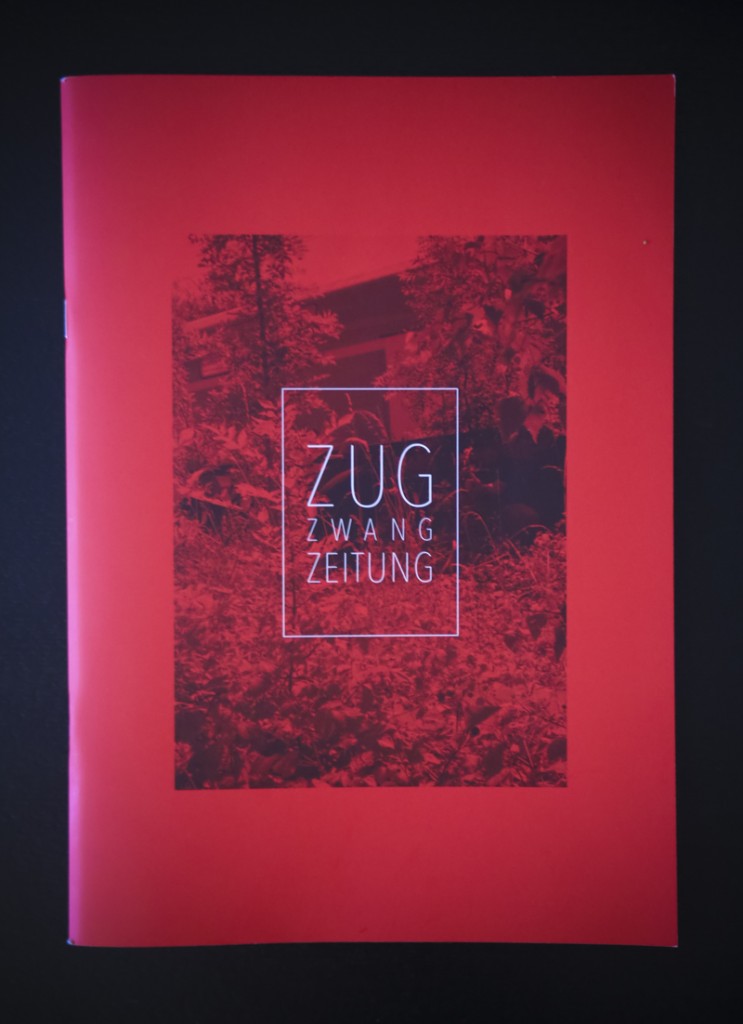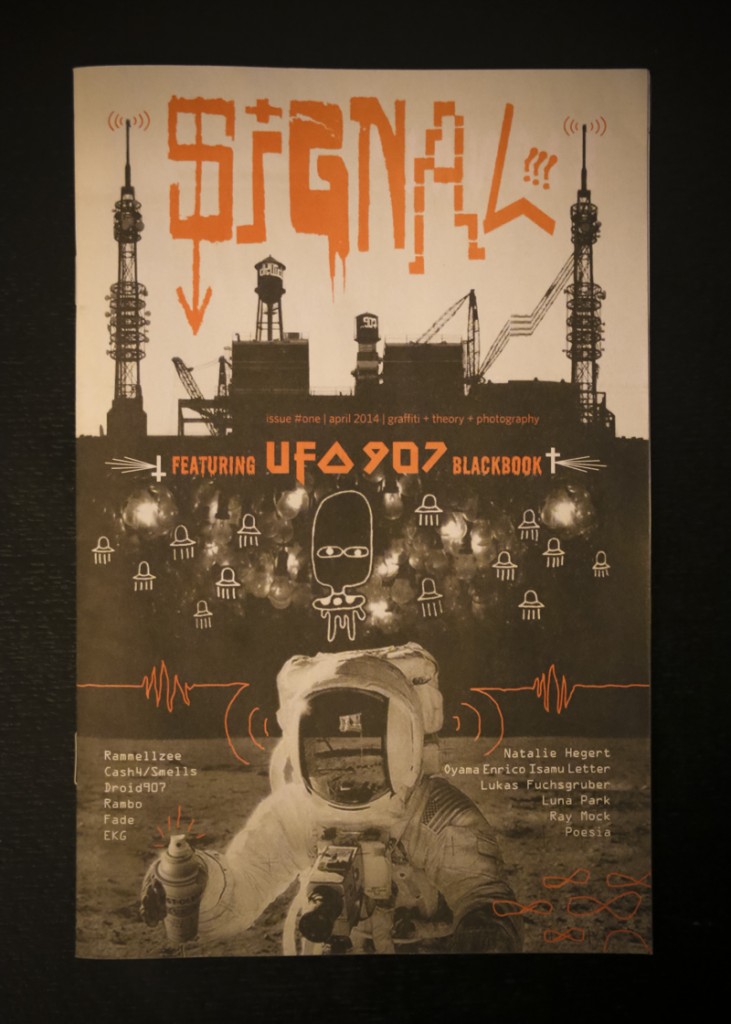Wahey! – just received issue twelve of Concrete magazine. As usual the latest edition is bigger than the last, rammed with eastern steel, quality photos and interesting reports of adventures in far flung places.
Continue readingAuthor Archives: G_R
The Faith in Graffiti
It used to annoy me on the few occasions when I picked up a coffee-table book on graffiti and the introduction would waffle on about the history of it stretching from the present all the way back to cave paintings done by neanderthals. That stuff just isn’t proper graffiti! Real graffiti is a recent thing I thought. However a couple of years ago I read a book called Graffiti and the Writing Arts of Early Modern England by Juliet Fleming that changed my view. The book describes how graffiti covered the place in the sixteenth-century and could be done by anyone and everyone. Contemporary graffiti forms a distinct subculture which often regards itself as a modern art movement yet graffiti done in the past was also created in specific contexts and had a cultural function too. Flemings book also got me wondering about wether methods of studying historical graffiti can be used to interpret modern graffiti or vice versa. This is why I went for Matthew Champions book on a similar topic. Medieval Graffiti, as its title suggests, looks at graffiti done during the Medieval period on churches in England. Nowadays churches are out of bounds for people doing graffiti but back then the church was a canvas for all sorts of writing. Champion studies this type of graffiti in his book which is divided into twenty-one chapters that each focus on the different varieties commonly found in Medieval churches. This includes written letters, crosses, ships, coats of arms, animals, demons and much more. As there’s a lot covered in the book I’ll just briefly outline a couple of the chapters and then discuss how it can relate to contemporary graffiti.
Continue readingQueens of the Streets
All City Queens is a new book about female writers that provides a snapshot of graffiti done by over fifty-three writers from around the world. The introduction declares that “there are no tits and arse shots” which is a bit of a hint at the feminist vein throughout the book. Many of the writers featured create graffiti as feminists and the book aims to address women as participants within the subculture.
Continue readingGallery of colour
Not too long before Christmas I picked up a copy of Galeria Koloru 5 from their shop in Warsaw. They kindly threw in a couple of back issues too so, as it’s been about seven years since the last release, I’ll write a bit about how the magazine has changed in the intervening time as well.
Continue readingA graffiti collection
Sammlung is a publication solely focused on female writers, which is fairly unusual, except that this magazine is also limited to just those from Berlin. Which is pretty unique as I’ve not come across a similar project that has attempted such a local focus before.
Continue readingHessian nights
Writing Hessisch is the first in a planned series of magazines that focuses on graffiti in the Hesse region of Germany. A quick look on wikipedia shows that Hesse has a distinct cultural identity and it obviously deserves to have its own distinct graffiti magazine as well. I like this idea of magazines that focus on a specific scene or idea as it allows a greater insight and helps give the magazine a clear character. As all the text in the magazine is written in German, and my German is very poor, I only managed a basic translation of the introduction but here goes: The magazine is released after thirty years of graffiti in Hesse. They don’t want to produce a glossy advert filled mag but aim for an honest representation of the ideas, history and stories behind the graffiti of Rhine-Main.
Continue readingCompulsive graffiti
I recently got a copy of the German magazine Zugzwang Zeitung. Looking the phrase ‘zugzwang’ up, the title translates as something like ‘the compulsion to move newspaper’. As the name suggests the main topic of the magazine is train graffiti from within Germany but also elsewhere in Europe, and some bits-and-bobs from Australia and the US. There are also a couple of interviews and a few walls chucked in for good measure.
Continue readingSigns of change
Although Issue 1 of Signal! (not to be confused with Signall magazine) came out last year I only cottoned onto it recently. The aim of its editor is to create something that lies somewhere between a conventional graff magazine and an intellectual journal. The publication starts off with an editorial that sets out the focus of the publication, the practicalities of its production and an explanation of why the editor has decided to take on the term ‘Urban Art’ in the subtitle. From the introduction I get the impression that the journal is going to be a serious graffiti focused project that has come about from a lot of work and thought on the subject.
Continue readingThe graffiti intellectual

Wir stehen bereit presents the actions of Zelle Asphaltkultur an unconventional ‘cell’ of graffiti writers. The work of the group is somewhere between graffiti and hardcore street art that obviously aims to provoke the viewer. This publication is as highbrow as graffiti gets. Inside there are six intellectual articles written by graffiti artists through to a cultural critic which are then followed by an interview with ZA.
Continue readingThe Art of Hooliganism
I recently went on a trip to Warsaw and whilst there I visited the Polin museum to see an exhibition of work by the photographer Wojciech Wilczyk. The exhibition showcases some of the photos from his ‘Holy War’ project which were made into a book titled Święta Wojna. The book is a collection of nearly four-hundred photos of football graffiti from Poland. As a fan of both graffiti and football I was bound to be interested in this book really.
